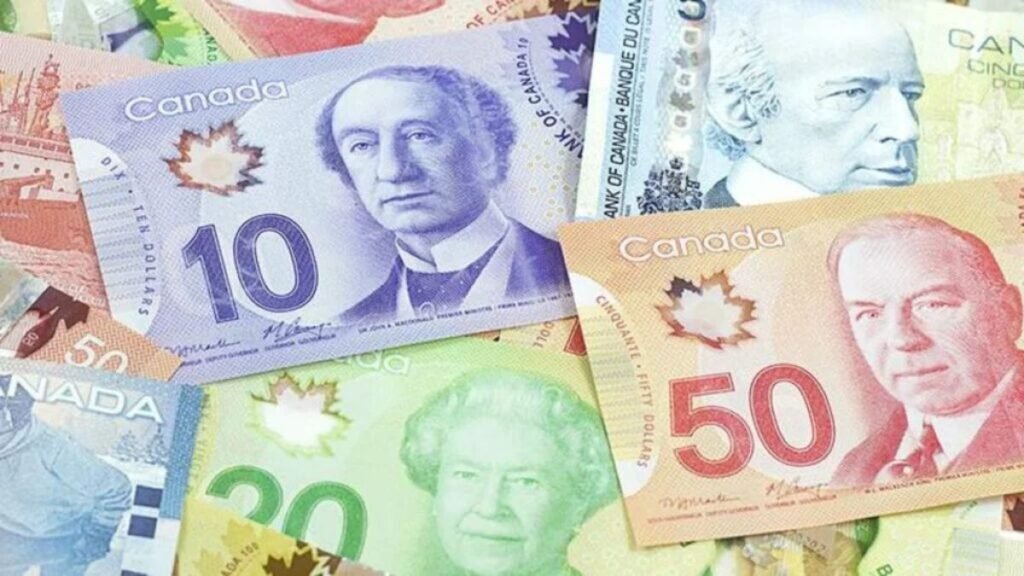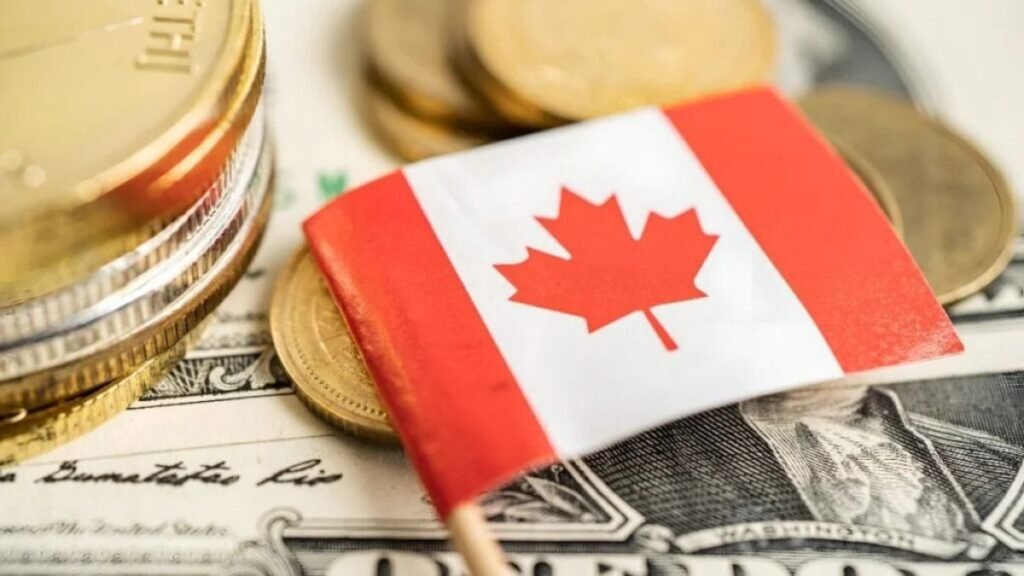With rent rising sharply across Canada in 2025, many renters are feeling the strain of high housing costs. To help, the Canada Revenue Agency (CRA) is rolling out a one-time $340 Rent Relief Payment aimed at easing that burden for eligible low- and moderate-income households. While this isn’t a long-term solution, it can offer timely assistance when budgets are tight.
What Is the $340 Rent Relief Payment?
This is a federal initiative designed to support renters facing steep rental increases. Importantly, this payment is separate from other housing supports like the Canada Housing Benefit. It provides a straightforward extra boost to help with housing expenses in 2025.
Here are the key details:
- Amount: A one-time lump sum of $340
- Eligibility: Renters aged 18 and over who meet income and residency criteria and filed a 2023 tax return
- Payment Method: Automatic direct deposit for most, or mailed cheque
- Timeline: Payments expected in spring to summer 2025
- Purpose: To help manage rising rents in tight rental markets
Why Is It Needed?

Canada’s rental landscape has become increasingly unaffordable, especially in urban centers like Toronto, Vancouver, and Montreal. According to the Canada Mortgage and Housing Corporation (CMHC), vacancy rates remain near historic lows. That means rent is high, and tenants are handcuffed into paying more out of necessity. The $340 payment is a targeted effort to ease this. It gives renters a little breathing room and complements long-term programs like the Canada Housing Benefit.
Who Qualifies?
To receive the payment, you must meet all of the following:
- Be 18 or older – You must be an adult renter.
- Canadian resident – Hold citizenship, permanent residency, refugee, or protected status.
- Rent your primary residence – Whether it’s a house, apartment, basement unit, or room, it must be your main home. The CRA will verify via lease agreements or receipts.
- Low-to-moderate income – Eligibility is based on your 2023 tax return. The threshold depends on provincial standards and household size (e.g., lower income bands for singles, slightly higher for families).
- Filed your 2023 tax return by June 30, 2025 – This lets the CRA verify your income and rental status.
- Not already receiving full housing subsidies – Those in fully subsidized housing may not qualify.
How to Apply
In most cases, the CRA administers this automatically. But here’s what you should do to ensure you get your payment:
- File your 2023 tax return before June 30, 2025 – Even with no income, file to qualify.
- Log in to CRA My Account after filing. Here, you can track eligibility and updates.
- Activate direct deposit in My Account if you haven’t already—this speeds things up.
- Update your address to ensure mailed cheques reach your current location.
- Look out for payment during spring and summer 2025—dates will be announced.
Related Rental Support
The Rent Relief Payment is just one part of a broader national effort:
- Canada Housing Benefit – A monthly payment to help with ongoing rent. Eligibility varies by province.
- Ontario Energy and Property Tax Credit – Helps with rental and energy costs in Ontario.
- BC’s SAFER Program – For elderly renters in need.
- Quebec Housing Assistance – Income-based assistance tailored to the province.
Checking your province’s social services site can help uncover additional supports.
Planning and Budgeting Tips

To make the most of the payment and reduce ongoing strain:
- Create a monthly budget separating rent, utilities, food, and savings.
- Speak with a financial counselor at organizations like Credit Counselling Canada for help managing expenses.
- Know your tenant rights – Rent increase caps and eviction protections may apply in your area.
- Build a small savings buffer – Even $50 per month adds up over time.
Why It Matters
While $340 alone won’t fix Canada’s housing crunch, it offers immediate relief for many households. Especially in cities where rent is eating up a large portion of income, every bit helps pay for groceries, bills, or even a small emergency fund. And by combining this one-time payment with ongoing programs like the Canada Housing Benefit, renters can build more stable budgets moving forward.
Final Steps
- File your 2023 tax return by June 30, 2025
- Set up direct deposit in your CRA account
- Double-check your address to avoid mailed cheque delays
- Stay informed through CRA My Account and your provincial housing site
The $340 Rent Relief Payment isn’t a permanent solution, but it’s a helpful hand during a challenging time. By keeping your tax details current and exploring provincial assistance, you can maximize your support and steady your finances.
If you have questions or want help applying, reach out to the CRA or consult a financial counseling service. These small steps today can make a big difference in managing rent and reducing stress.
FAQs
1. What is the CRA $340 Rent Relief Payment in 2025?
The CRA $340 Rent Relief Payment is a one-time financial support initiative provided by the Canada Revenue Agency to help low- and moderate-income renters cope with housing costs in 2025.
2. Is this payment taxable income?
No, the $340 rent relief payment is tax-free and will not affect your other benefits like GST/HST credits or Canada Child Benefit.
3. What is the income limit to qualify for this payment?
Exact income limits may vary, but generally, individuals earning less than $35,000 or households earning under $60,000 annually are considered eligible.
4. Do I need to apply for the payment?
Yes, most renters must apply through the CRA portal or authorized government website. Some provinces may offer automatic enrollment if you’re already on housing assistance.
5. When will the $340 rent relief payment be issued?
Payments are expected to be disbursed starting July or August 2025, depending on application processing and provincial timelines.


